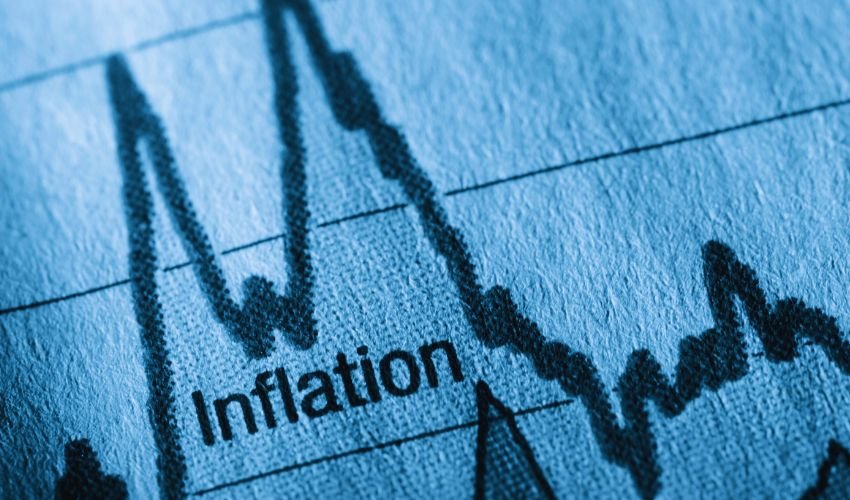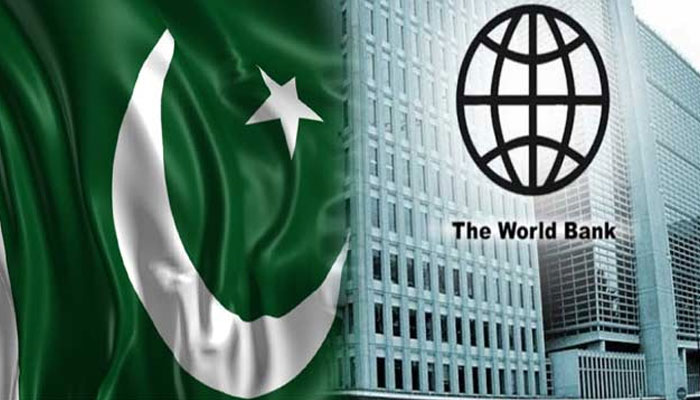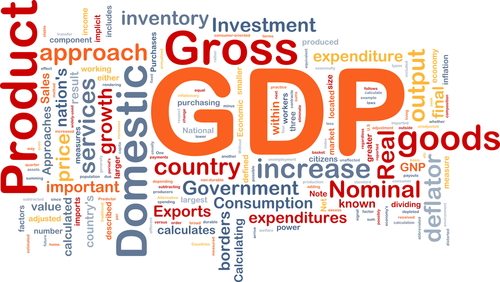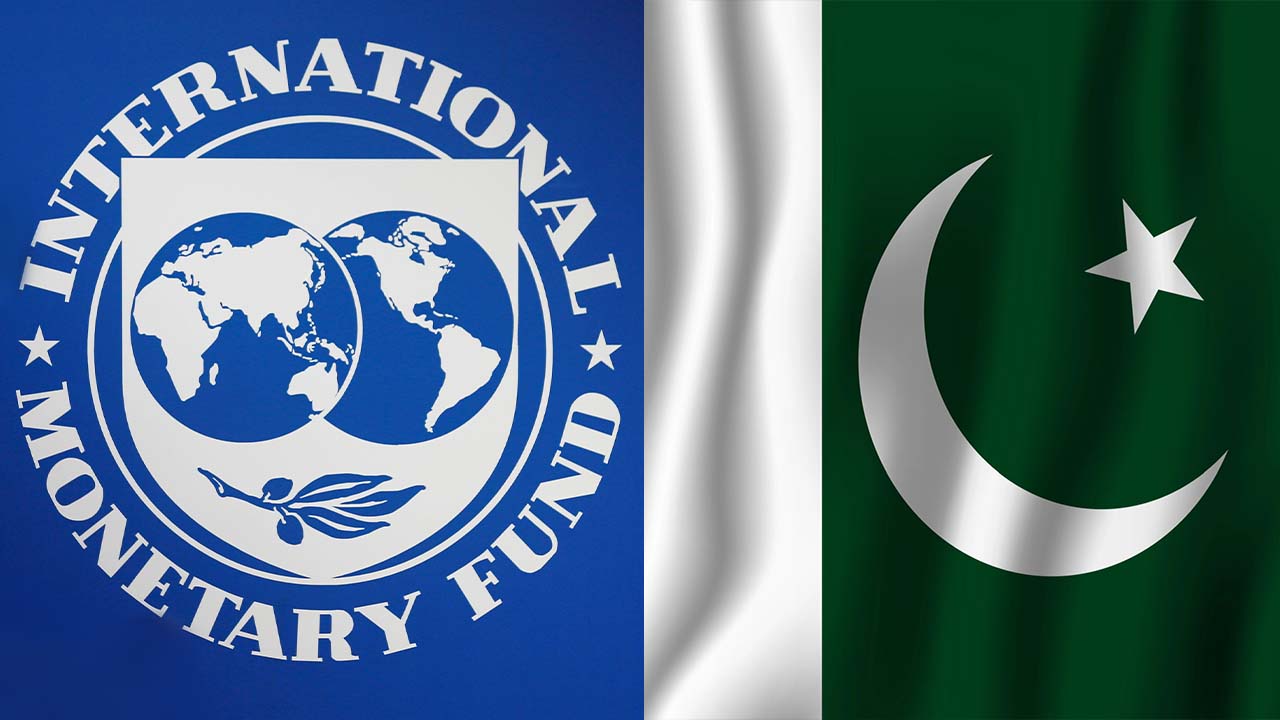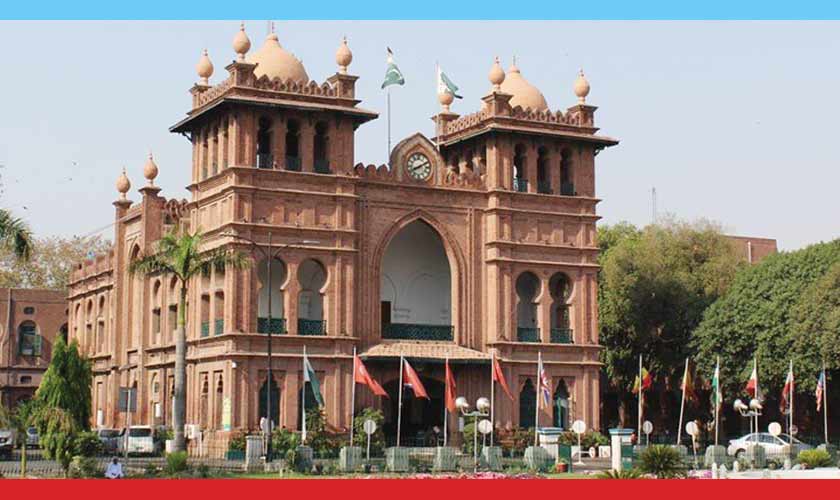Zafar Iqbal
In March 2025, headline inflation in the country hit a record low of just 0.7%, a significant drop compared to the staggering 20.7% seen during the same period last year. This marks the lowest inflation rate recorded since December 1965. However, while the figure may seem promising at first glance, it doesn’t necessarily signal real relief for the majority of the population, particularly the country’s struggling poor and the shrinking middle class. Despite this drop, average prices are still higher than they were a year ago, and the underlying economic challenges persist.
The significant decline in inflation is not as positive as it appears, as much of it can be attributed to a high base effect. In simpler terms, inflation was exceptionally high in the previous year, making this year’s low figure less meaningful in terms of genuine economic improvement. Moreover, the monthly increase of 0.9% in March surpasses the year-on-year change, reinforcing the idea that the drop in inflation is largely a result of a comparison to a particularly high inflation rate last year, rather than a broad-based improvement in prices.
A closer look at the inflation breakdown reveals that the decrease is not uniform across sectors. Food and energy prices have seen declines, contributing to the overall drop in inflation. Food inflation, for instance, was down by 5.1% compared to last year, largely due to depressed global commodity prices and a 30% drop in wheat prices. Similarly, the housing, water, electricity, gas, and fuel index also saw a 2.2% decline. However, the benefits of this decrease are not being felt across the board, particularly in the rural economy, where the farm sector continues to suffer. The drop in wheat prices may sound like good news for consumers, but it reflects deeper issues in the agricultural sector, which remains in a prolonged slump.
In contrast to these year-on-year declines, March saw food prices rise 1.9% compared to February, driven largely by seasonal demand during Ramadan. Prices of key food items like tomatoes, fresh fruits, eggs, sugar, and chicken saw sharp increases, highlighting the volatility in food prices that many urban dwellers are grappling with. While overall food inflation remained negative, these month-on-month price spikes demonstrate that the situation is far from stable, particularly in urban areas where the middle class faces the brunt of these price fluctuations.
Pl subscribe to the YouTube channel of republicpolicy.com for quality podcasts:
For the urban middle class, the modest drop in headline inflation does little to ease their financial strain. Core inflation, which excludes volatile food and energy prices, remains stubbornly high. It registered a 9% increase in March, with certain categories like education (11.9%), healthcare (13.8%), and clothing and footwear (13.5%) continuing to rise at double-digit rates. These sectors, while smaller in terms of their weight in the overall Consumer Price Index (CPI), have a disproportionate impact on households, particularly for younger urban families. Education and healthcare, which are largely privatized in the country, have become increasingly unaffordable for many. The rising costs of these essential services are exacerbating the financial strain on the middle class, making the easing of inflation less impactful for this demographic.
The cost of living continues to outpace income growth, and despite the decline in headline inflation, many households still face significant economic hardship. The rising costs of essential services like healthcare and education are particularly troubling, as these sectors absorb a growing share of family budgets. The reality for many is that while some categories may be seeing price reductions, the cost of maintaining a decent standard of living in urban centers is rising, and income growth remains sluggish.
Looking ahead, there are concerns that inflation could rebound in the coming months. The recent low inflation rate is expected to reverse in May, driven by base effects, which means inflation could start climbing again as the economy adjusts. However, April inflation is expected to remain around 1%, which will offer little relief. While recent revisions to electricity tariffs may ease some inflationary pressures, it is unlikely to be enough to alter the broader trend. In addition, while the central bank has already made significant cuts to interest rates, reducing them by 1,000 basis points over the past year, it may hold off on further rate cuts in the near future. The State Bank of Pakistan (SBP) is likely to take a cautious approach, observing how the economy responds to these rate cuts and whether they lead to higher imports or increased pressure on the currency.
The central bank’s decision to pause during its recent policy review indicates that it is hesitant to make any drastic moves until it fully understands the impact of the rate cuts on demand and inflation. The SBP may adopt a wait-and-see stance until June, as it gauges the effects of these monetary policy adjustments on the broader economy.
Ultimately, while the March inflation figure provides a momentary sense of relief, it is unlikely to be a turning point for the country’s struggling lower and middle classes. The broader economic challenges—sluggish growth, high cost of living, and persistent structural issues—remain largely unchanged. Until these underlying problems are addressed, the impact of inflation on ordinary citizens will continue to be felt, and the promise of real economic recovery may remain elusive. For now, the struggle for many will persist, with inflation remaining a key concern for the country’s future stability and growth.



